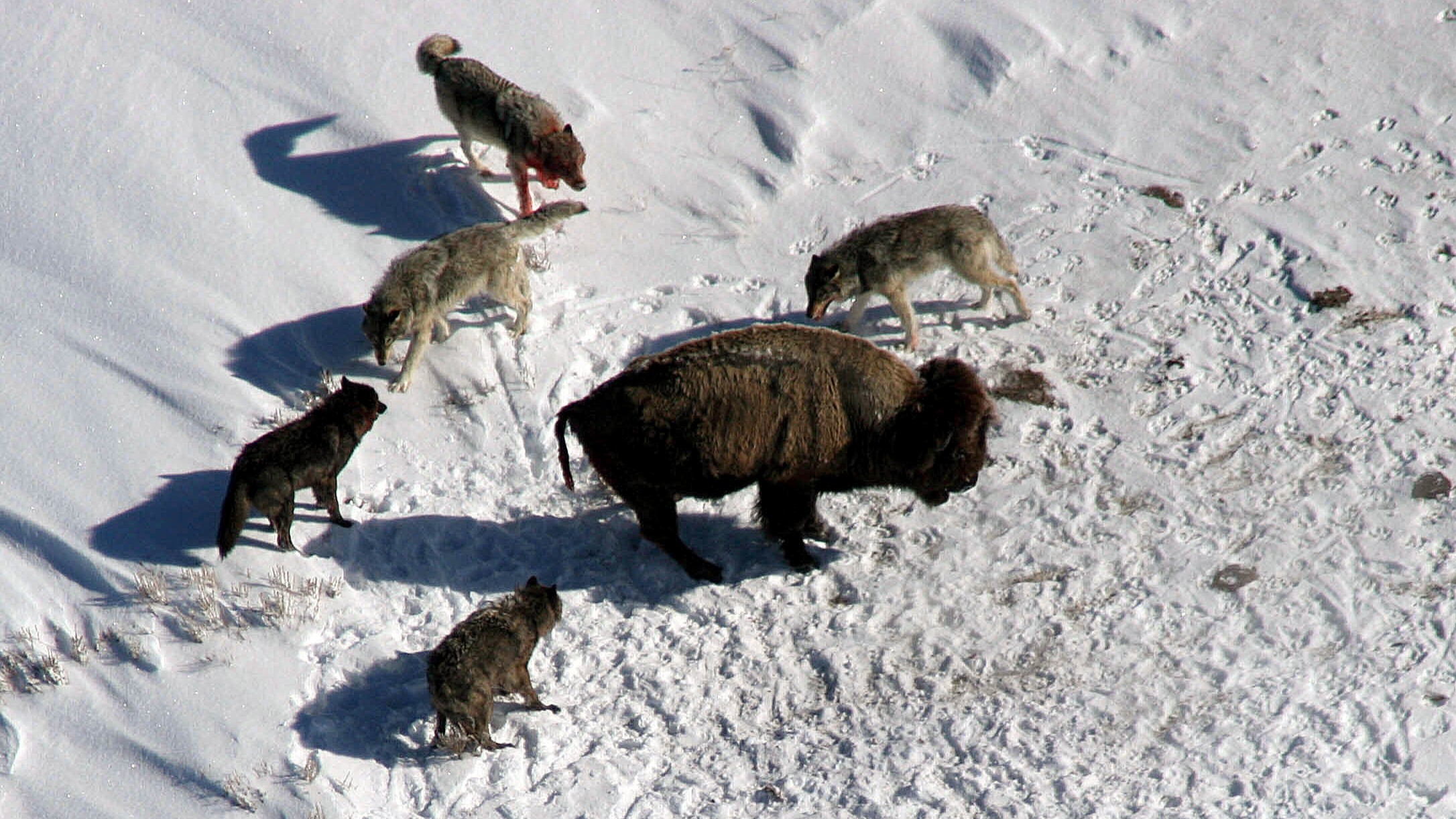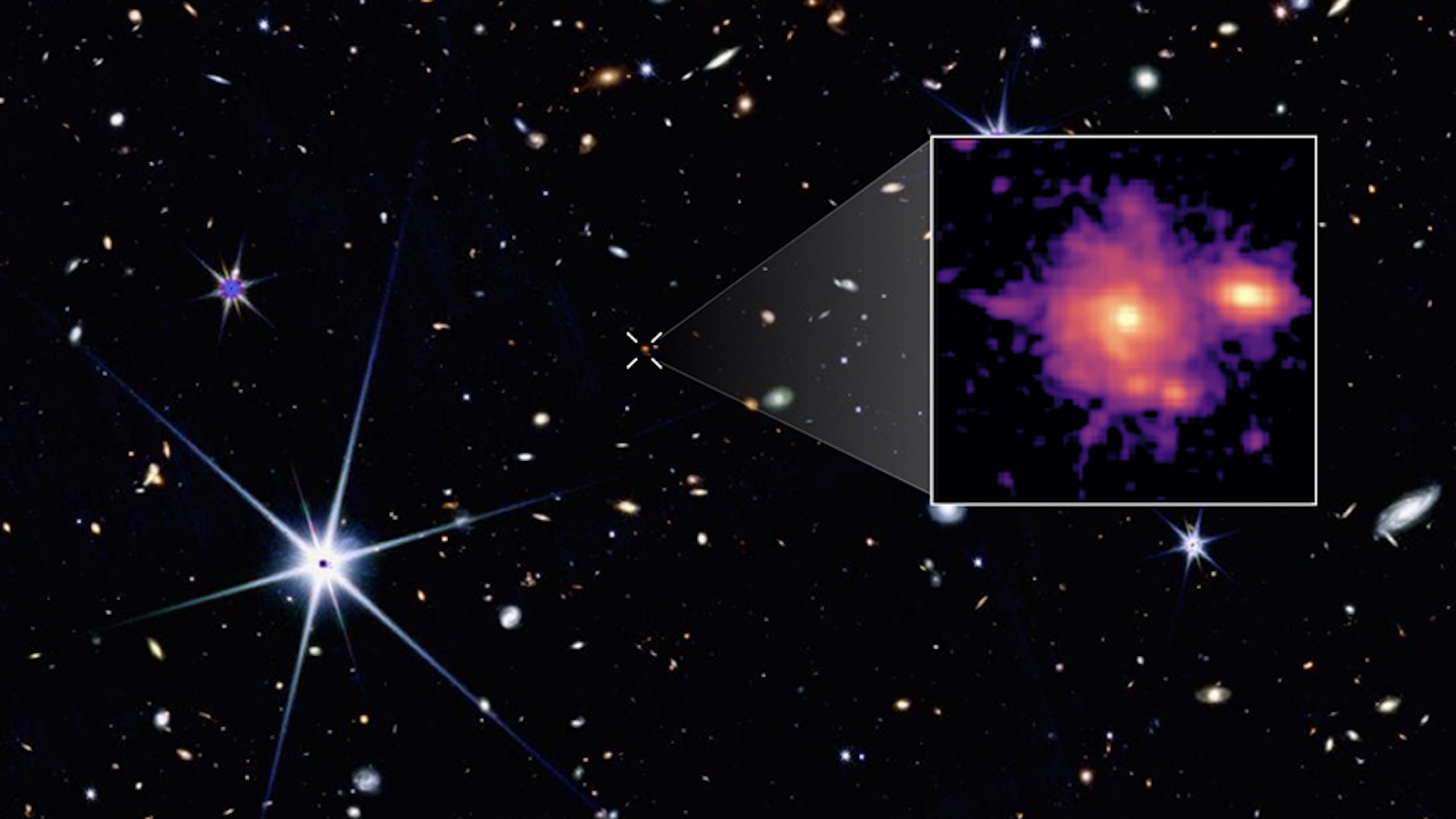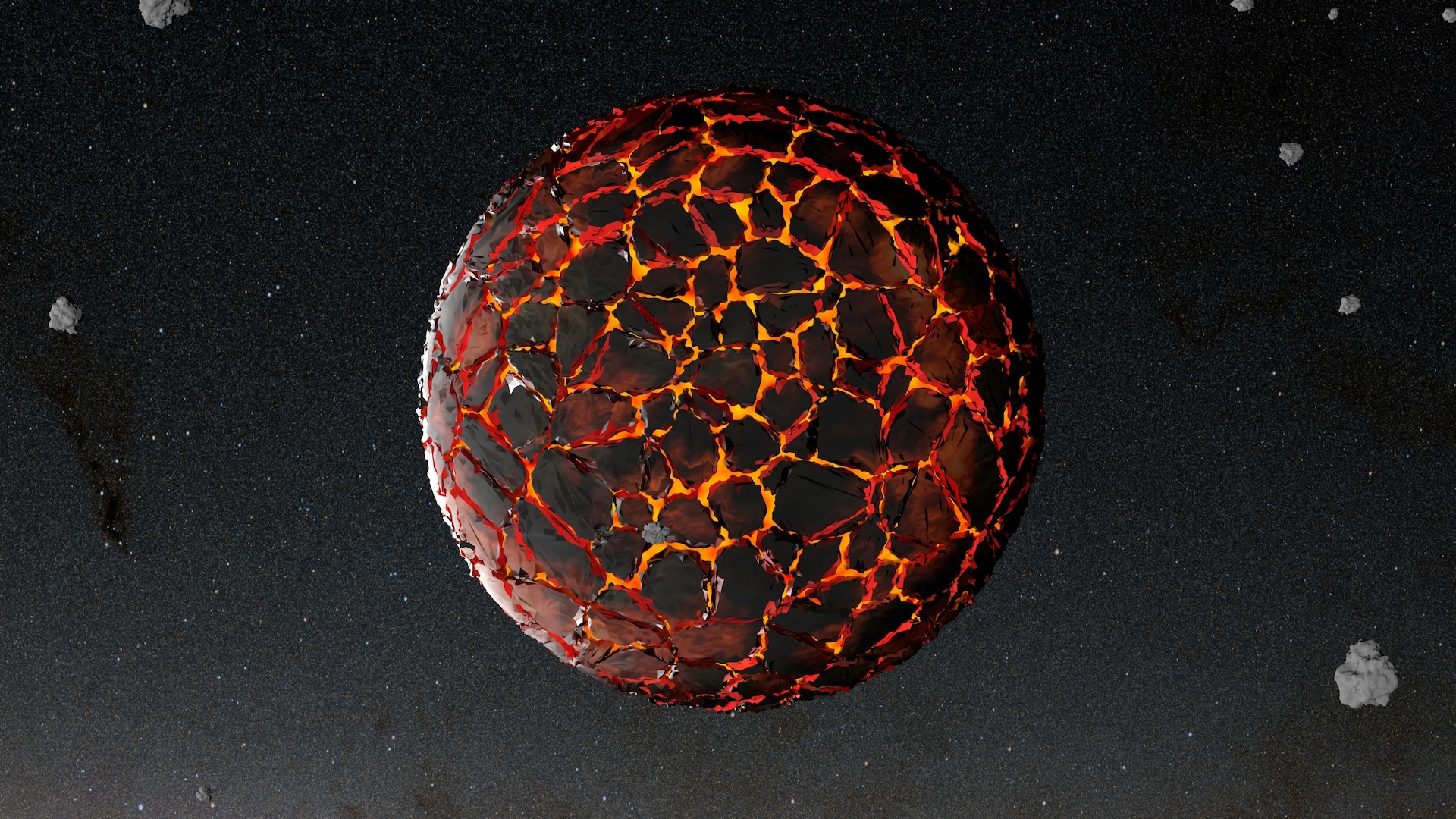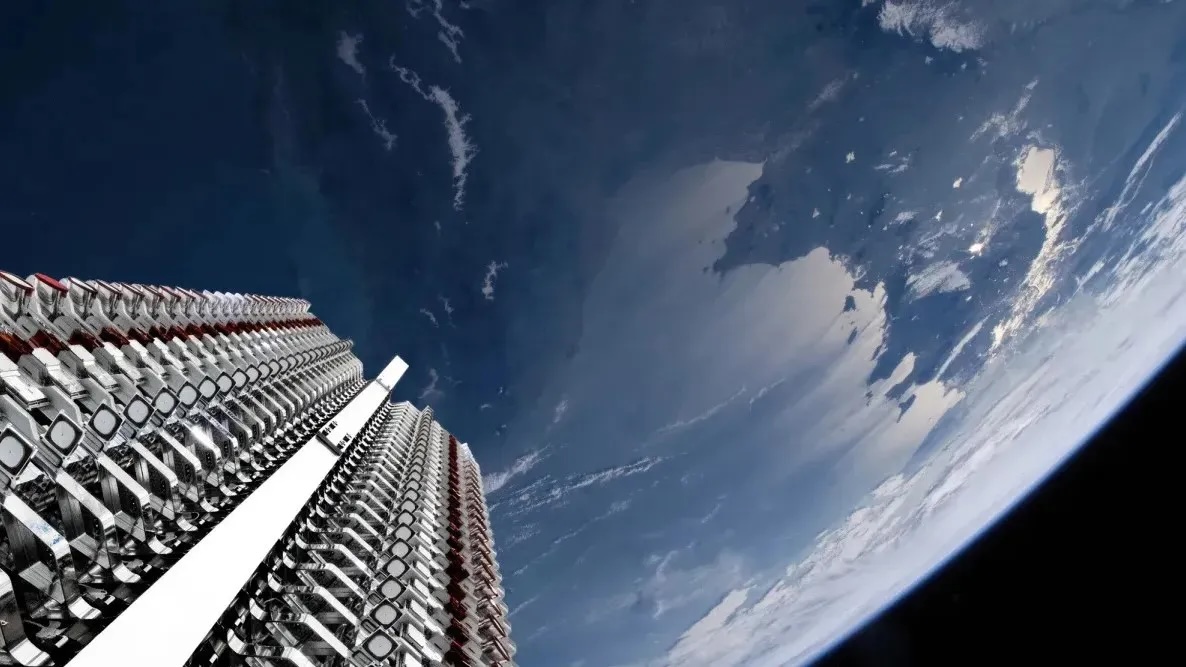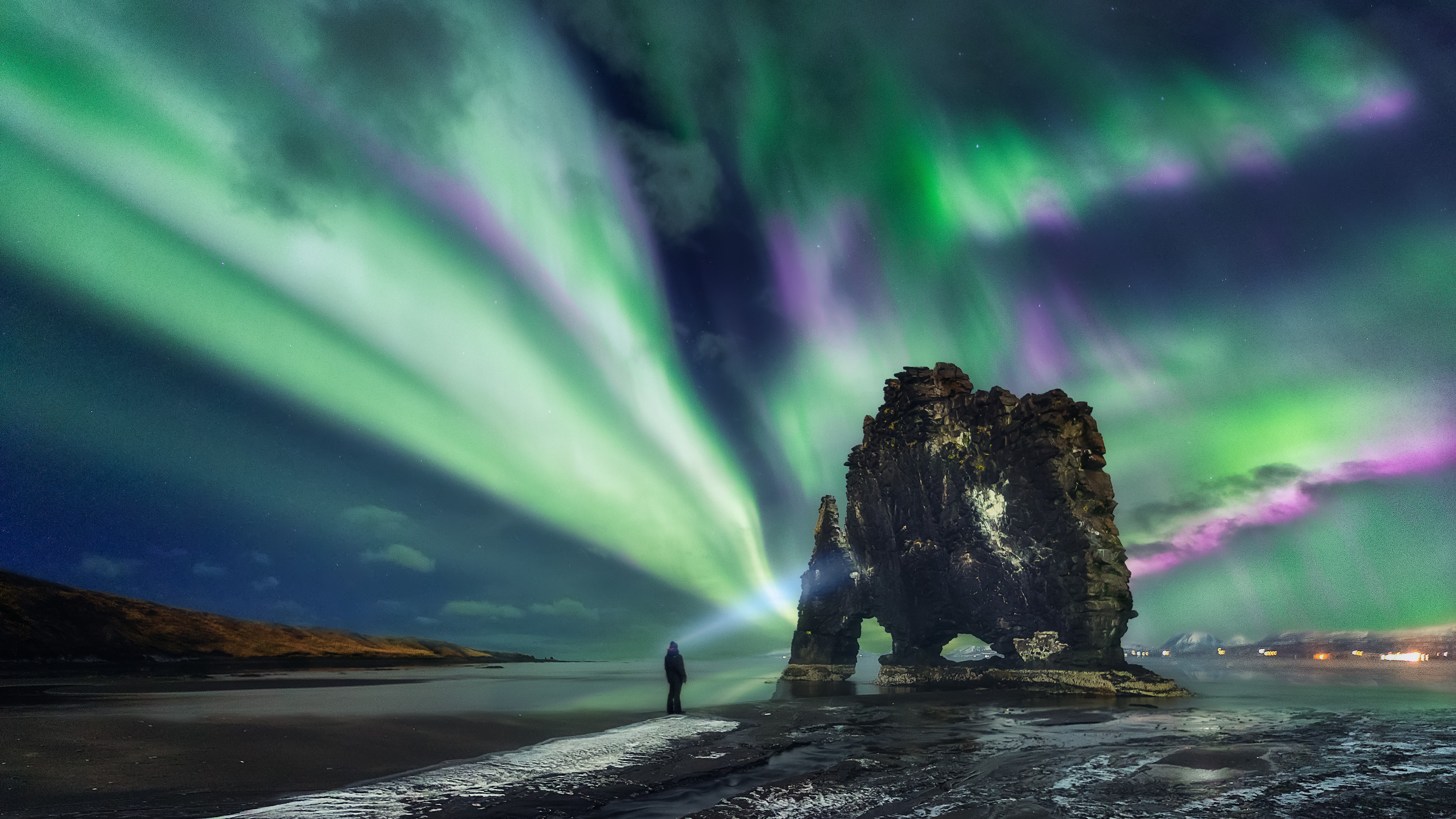Scientists finally solve 390 million-year-old 'murder mystery' from an ancient supercontinent
Researchers mapped out "cake-like" fossil layers belonging to a group of ancient marine creatures from the supercontinent Gondwana that mysteriously died off 390 million years ago.

Researchers have finally figured out what happened to a group of marine animals that died out on the ancient supercontinent Gondwana — and the finger points squarely at climate change.
It turns out that the so-called Malvinoxhosan biota — an ancient group of water-dwelling animals — disappeared from Gondwana over a period of 5 million years because sea levels gradually lowered, a new study, published Oct. 13 in the journal Earth-Science Reviews, found. And the climate change that wiped out this animal group has disturbing parallels to the changes happening today.
The cause of their disappearance had "remained an enigma for nearly two centuries until now," study lead author Cameron Penn-Clarke, an evolutionary scientist at the University of the Witwatersrand in Johannesburg, said in a statement. "It's a 390-million-year-old murder mystery."
At the time of the extinction, the area near the South Pole was home to Gondwana, which comprised parts of what is now Africa, South America, Australia, Antarctica, the Indian subcontinent and the Arabian Peninsula. Gondwana formed around 600 million years ago with the breakup of supercontinent Pangaea and began to split apart around 180 million years ago.
Gondwana was home to a wide variety of plants and animals. But some of its least understood residents were the Malvinoxhosan biota. This group, which lived in waters covering what is now South Africa, mainly included trilobites and bivalve-like brachiopods, as well as some mollusks and echinoderms. But they all mysteriously died off between 390 million and 385 million years ago.
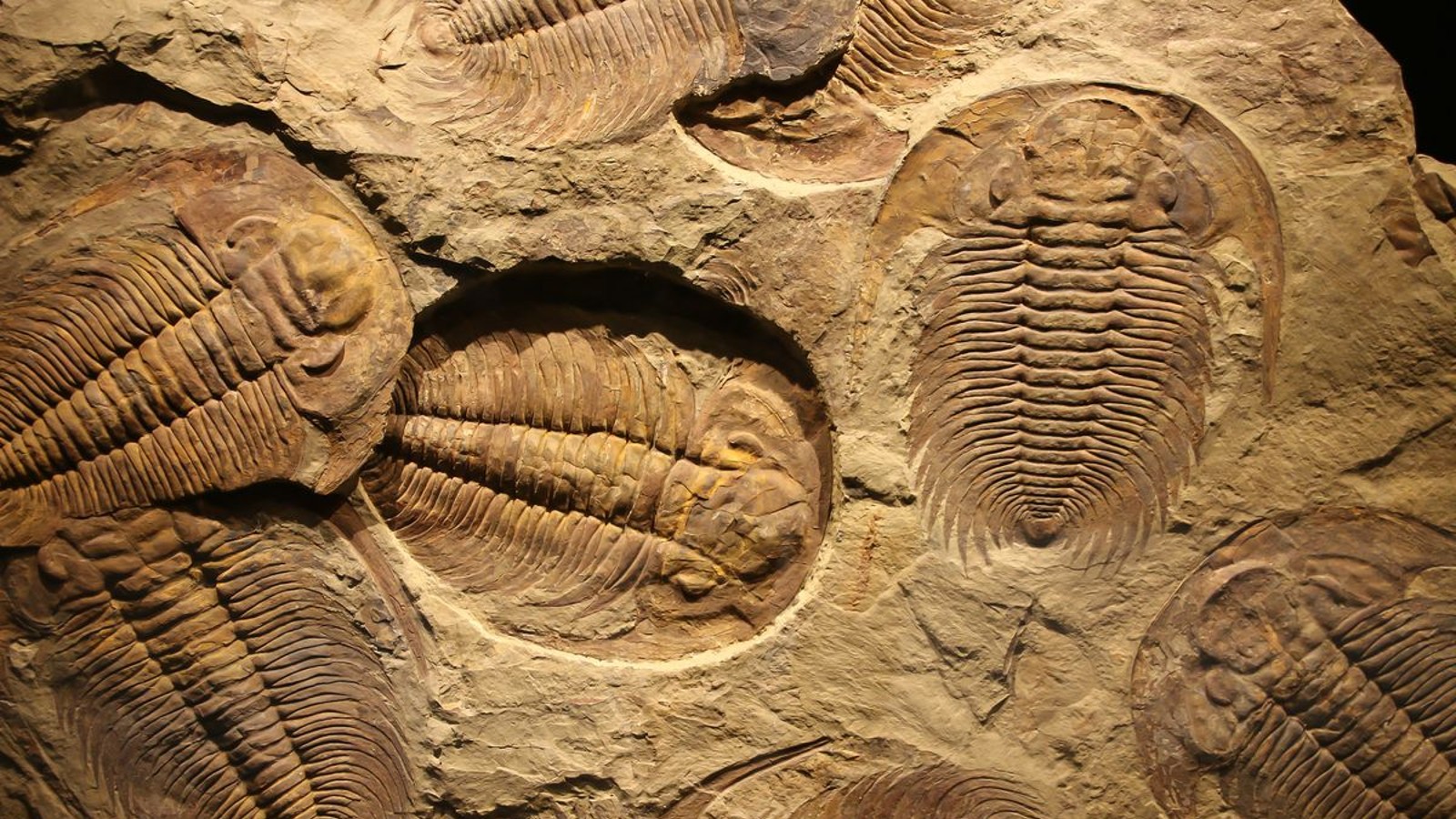
To get to the bottom of this cold case, the team reanalyzed hundreds of fossils belonging to the Malvinoxhosan biota, paying particular attention to the location, depth and geological properties of the rocks that each fossil was found in. This enabled them to piece together a timeline of what happened to the region by sorting it into layers, kind of like "sorting through the layers of a cake," according to the statement.
Sign up for the Live Science daily newsletter now
Get the world’s most fascinating discoveries delivered straight to your inbox.
The team found seven to eight key fossil layers of the Malvinoxhosan biota. With each newly added layer of the "cake," the number and diversity of fossils decreased.
After comparing the fossil layers to local sea level data, the researchers noticed that each of the layers corresponded to slight sea level decreases, which turned out to be the "smoking gun" for these extinction events, Penn-Clarke said. These decreases didn't dry up the oceans where these animals lived but likely triggered climatic changes that the creatures could not adapt to.
The researchers think the Malvinoxhosan biota had evolved to survive in cool waters. But the drop in sea level disrupted ocean currents around the South Pole known as "circumpolar thermal barriers," which enabled warmer water from the equator to mix with colder southern waters. As a result, the Malvinoxhosan biota "were replaced by more generalist marine species that are well-adapted to warmer waters," Penn-Clarke said.
Related: Mammals may be driven to extinction by volcanic new supercontinent Pangaea Ultima
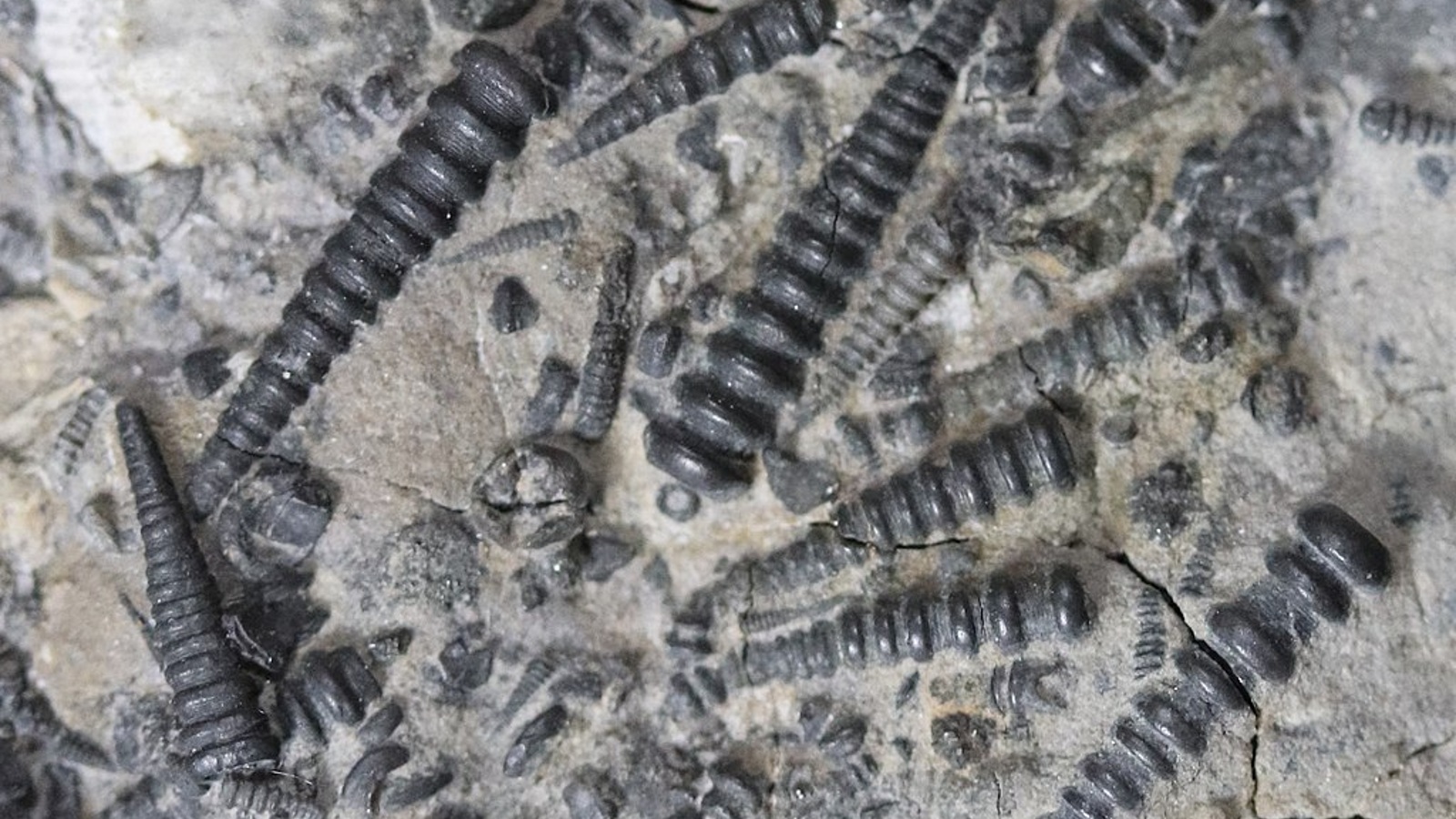
The extinction of the Malvinoxhosan biota likely "led to a complete collapse" of the ecosystem around the South Pole. It still has not fully recovered those historic levels of biodiversity, the researchers wrote.
The team also thinks that this historic extinction mirrors what is happening to today's polar ecosystems as a result of human-caused climate change.
"This research is important when we consider the biodiversity crisis we are facing in the present day," Penn-Clarke said. "It demonstrates the sensitivity of polar environments and ecosystems to changes in sea level and temperature," he added. "Any changes that occur are, unfortunately, permanent."

Harry is a U.K.-based senior staff writer at Live Science. He studied marine biology at the University of Exeter before training to become a journalist. He covers a wide range of topics including space exploration, planetary science, space weather, climate change, animal behavior and paleontology. His recent work on the solar maximum won "best space submission" at the 2024 Aerospace Media Awards and was shortlisted in the "top scoop" category at the NCTJ Awards for Excellence in 2023. He also writes Live Science's weekly Earth from space series.



